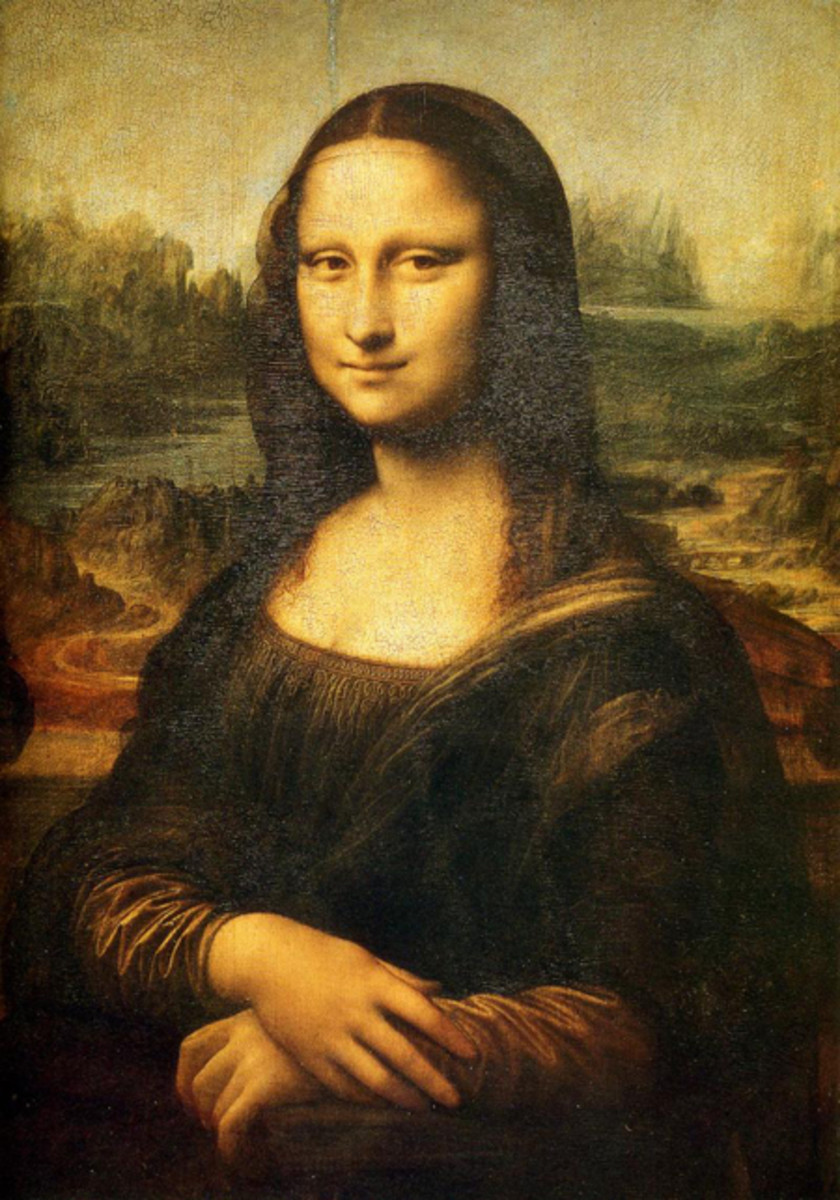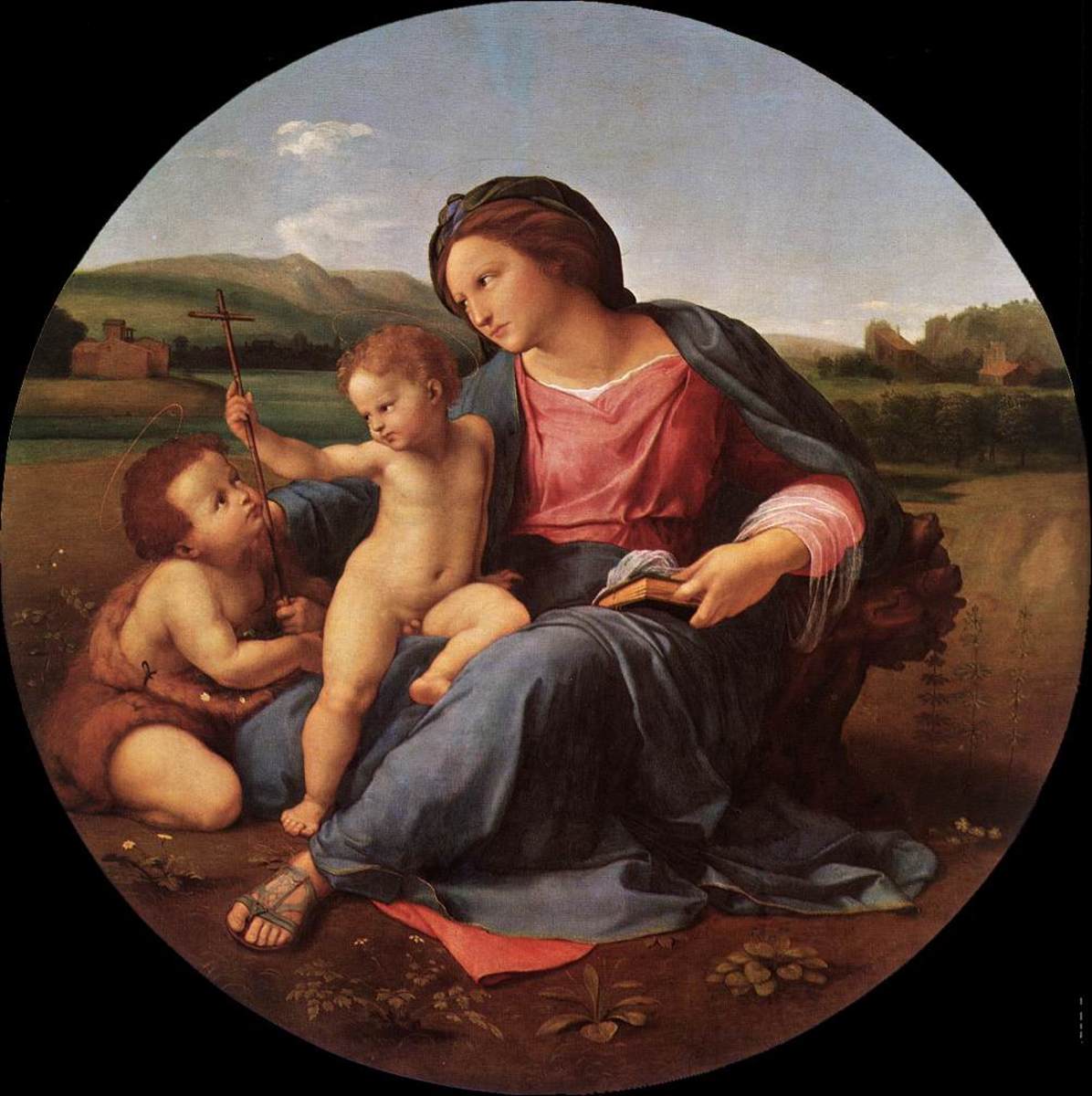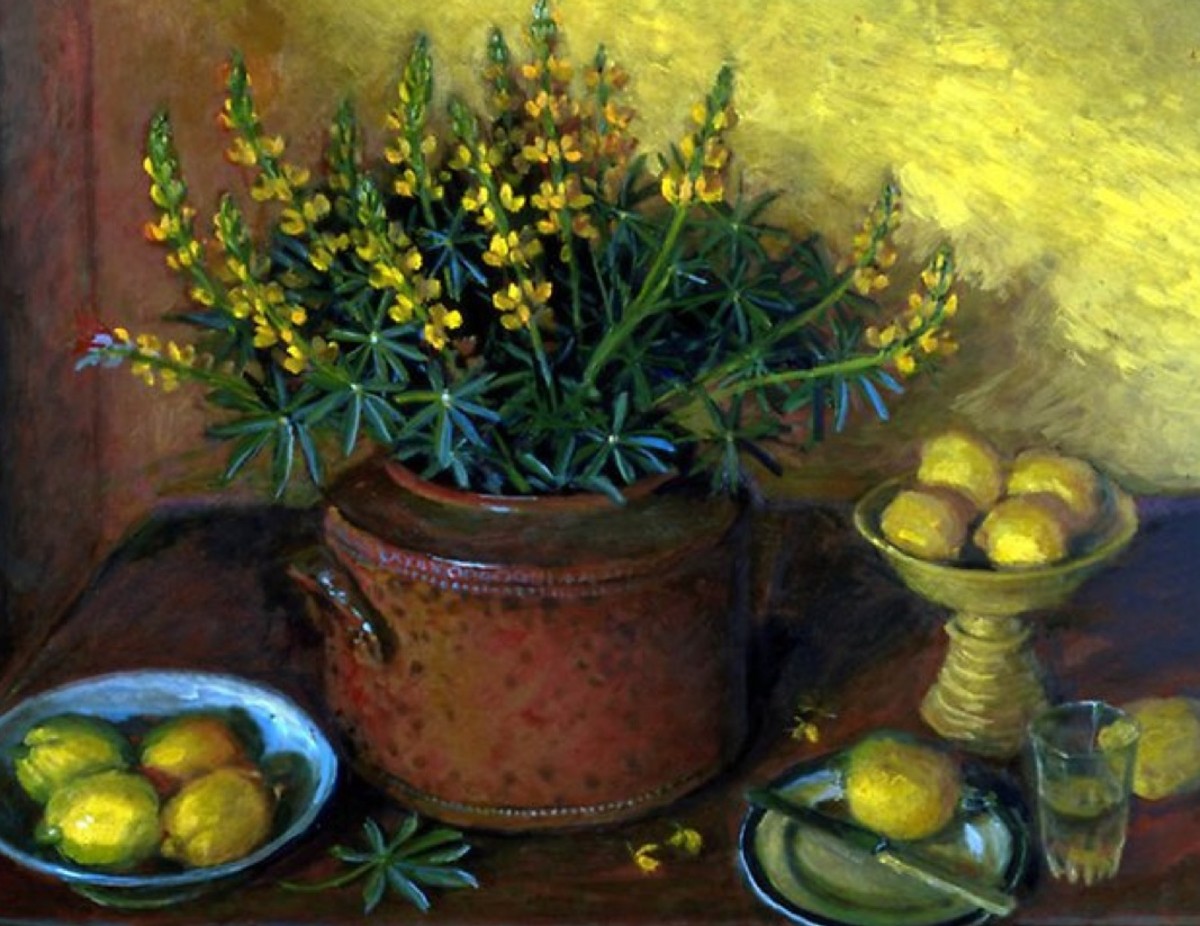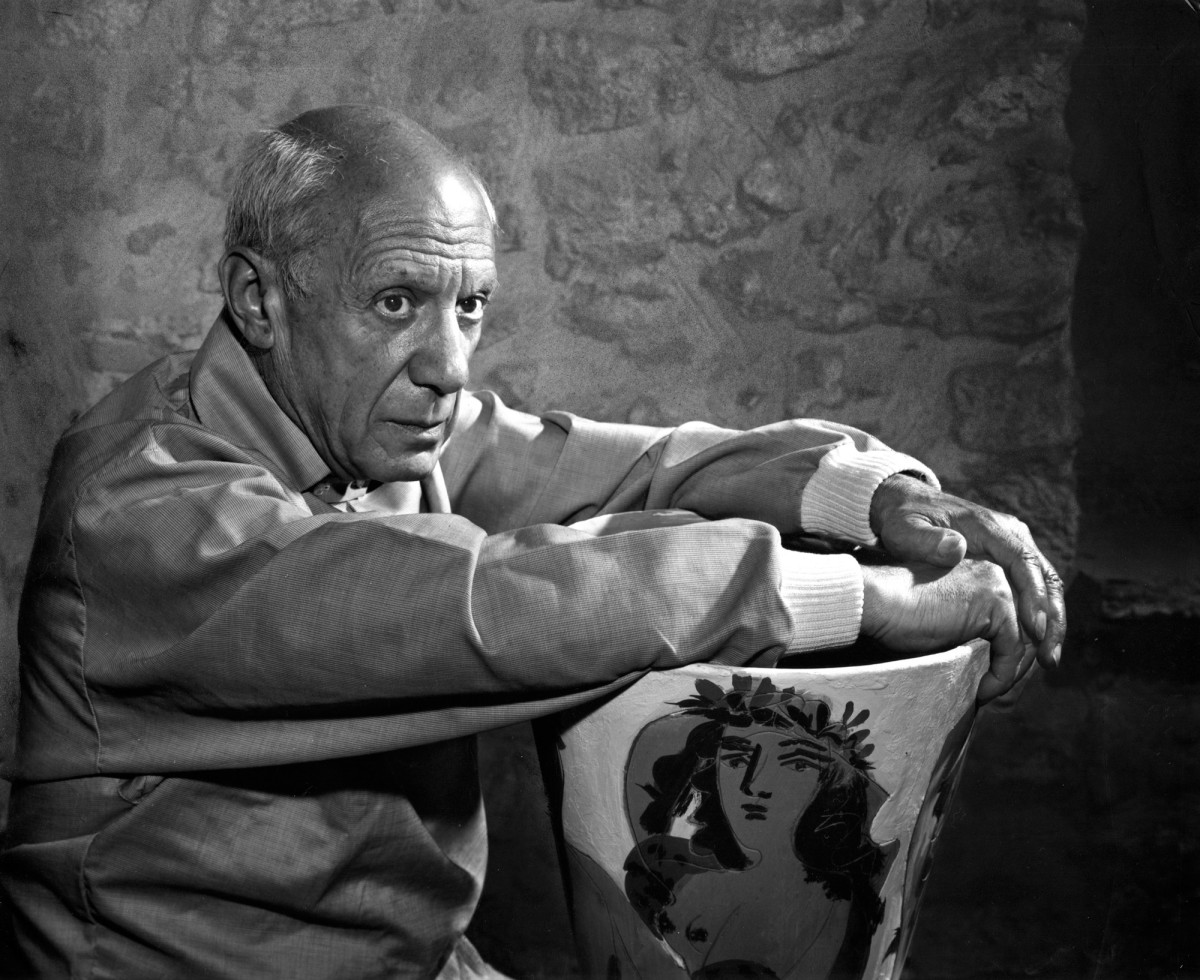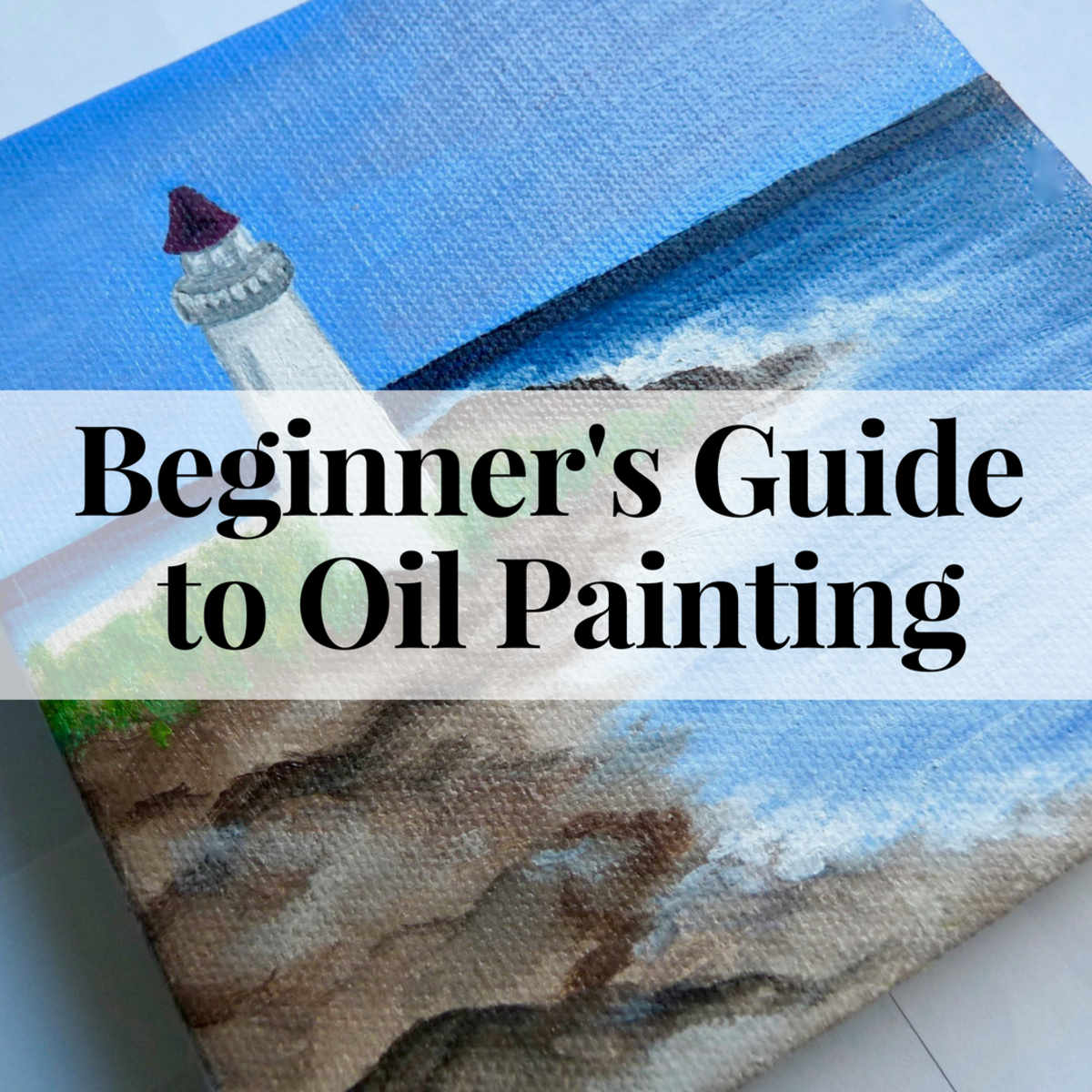Vivid Painting
Preparing a Masterpiece, Old School Style
STEP ONE: Start with a concept, image, message or reason to paint a picture. Money is the last thing on your mind in contemplating a challenge in painting. Undertake your mission with joy and excitement. You will be using self-guided free will toward a particular end. Find that end in the beginning. What excites you? Reveal it!
A Poem in a Flash of Inspiration, August 24, 2015
Is it a sunset reflected in a lake?
Is it a flower, a life so still ...
In a vase?
Is it a creature wild or subdued?
Is it a moment of changing sky ...
Of clouds multihued?
Will you find it in the humble or the grand?
In the ocean ...
Or on the land?
Is it green? Is it gold?
Will it vanish when your world is gone ...
Or old?
Is it close or is it far?
Here on earth, a planet ...
Or a star?
Is it your image in the mirror?
Is it someone, you hold dear ...
Or whom you do not know?
Or a child in a meadow?
A field at midnight ...
In the moon-glow?
Is it a river amongst the trees?
Or a dog caught by your sight ...
in a sneeze?
Something awesome, the world to show ...
When you find it, you will know.
KLH
STEP TWO: Sketch your images and pictures in charcoal or chalk. Work from nature and real life, rather than photos, as much as possible. Sketch, sketch sketch. Explore, experiment and repeat. Use as much scratch paper as you need. Make thumb nail sketches of possible compositions. These are small views scribbled onto newsprint or layout paper. (This paper is sold in pads of varying sizes. Its best to choose the largest size. I also recommend picking up a view finder.)
Design your composition according to intuition, (your natural artistic sense,) combined with knowledge of the Golden Mean or other mathematical and geometric configurations. The underlying configuration of a painting needs to relate to the outer dimensions of the matrix. Then decide what size canvas you would like to use. Luckily, today, prepared canvases are inexpensive and come in many sizes. I recommend choosing a frame at this time. (A frame will provide a feel for the finished product.) Finally, sketch out the particulars on a sheet of plain newsprint the size of your canvas.
Remember, the underlying work is of the greatest importance. Anything unresolved will be obvious and irritating in the final painting.
Now, using the side of a stick of graphite on the BACK of your newsprint sketch, shade the whole side of the paper. Place it on top of the canvas with the shaded side down. Trace all the elements which are on the non-shaded side of the newsprint onto the canvas with a pencil. In this way, the images will be be accurately transferred onto the canvas.
STEP THREE: Using a wash, paint in the darks and lights of the background and foreground. Washes are very diluted mixtures of turpenoid and oil paint.
STEP FOUR: The fun part occurs after the wash has been laid down. This is when you, the artist, will experiment, plan, sense and create as you progress. Your mission is to reveal the depth of space, the beauty of color, the mystery of shadow and the joy of light. Creating three dimensional illusion on a two dimensional plane is dependent on your ability to accurately depict form, planes and textures. The illusion of reality happens as the artist progressively refines the details of the painting. Its all a matter of spontaneous judgement. As you paint, you carve, you smooth … almost as though the painting is a sculpture!
Tips: An artist needs to be sensitive to his own powers of creativity and energy. In other words, he needs to know when to take a break or stop painting for the day. My advice: Don't try to paint your masterpiece in one day. Sit down the same time every day and work for an hour or two. Then leave your work until the next day. Do not kill yourself by trying to complete your project in one or two days. Its not worth it and it won't be a masterpiece. Give yourself time.
Let the process of creating art bring you out of the mundane world. After all, art work can help us shut out all the harsh realities of this world by bringing us to stillness, contemplation and embracement of life. It can help us tune into a a special moment, thought, perception, observation, ideal, philosophy, place. In the end, a painting or sculpture reveals something the artist has embraced with love … or rejected with hate or all feelings in between. Art allows the artist to express what he and he alone is conscious of.
"Be yourself, all other selves are taken."
I believe the pursuit of art facilitates this ideal because with art one can take control, act upon one's own intention and dynamically be oneself. Of course, there are artists who create artworks for the sake of competition. Who is the best artist? Whose painting or creation is the best, weirdest, creepiest or ? I do not believe art should be used for competition's sake. Instead Art can be seen as window into a deeper awareness of the artist.
Thinking on Paper
Leonardo da Vinci, (born in 1452 and artistically active in 1482,) would compose his paintings by sketching images quickly and roughly on paper with black and/or red chalk. He used a technique called sfumato (like smoke, in Italian.) By smudging layers of chalk, he portrayed faces, figures, clothes and landscape imagery. For example, to create his beautiful facial images with their sensitive expressions, Leonardo first drew them with loose strokes of thick black chalk. Then, he blended the stokes to produce tonal gradation, (shadows,) on the skin surfaces. To create the highlights of the forehead, cheeks, nose and chin, Leonardo used less black, allowing the white of the paper to show through. (Did he have a way to erase smudged areas as well?) He also used white chalk to work in highlights. He, then, outlined the contours with sharp points of black chalk using varying thicknesses of line.
Next, Leonardo simplified the chalk drawings by tracing over them in pen and brown ink. To find the most suitable solution for the final composition, he overlaid many drawings of different views, poses and expressions. Art historians believe overlaying drawings was a way for Leonardo to brainstorm different compositional solutions.
Finally, he wove his numerous drawings into a "cartoon," the size of the final painting. In Renaissance times, this cartoon was valued as much as the painting. People from miles around would flock to gaze upon a finished cartoon in Leonardo's studio. Giorgio Vasari tells us, "Finally he (Leonardo) made a cartoon of 'A Virgin and St. Anne with an infant Christ' that not only amazed all artists, but when it was finished, men and women, old and young, came to see it as if to a solemn celebration, in order to see the marvel of Leonardo that astonished the entire population." 1
Leonardo Da Vinci's ink and chalk drawings include many different types of line:
1. ) Loose fragmented lines of parallel strokes which he used to model contours,
2.) Horizontal hatch marks to depict background images.
3.) Crosshatch marks to indicate volume.
4.) Organic, curving outlines.
5.) Light and dark, thick and thin contour lines.
6.) Rough scribbles to show visual texture and the illusion of depth.
7.) Fragmented lines to show movement and life in gesture drawing.
8.) Even carefully controlled lines to reveal structure in human anatomy.
Functional Drawing
Drawing can be a great way to record observations, experiment with ideas and make studies for paintings or sculptures. Leonardo's drawings revealed his thoughts in both quick flashes and detailed illustrations. He used drawing to communicate movement, texture, intensity, fluidity, control and proportion. His sketch books reveal studies of three dimensional images in different points of view for both architectural images and natural images, such as anatomic views of the human body. His sketch books also show detailed plans for commissioned bronze sculptures. In the final analysis, what he was doing, as he drew his ideas for inventions, paintings, sculptures or architectural works, was thinking on paper!
"Drawing explores not only the works of nature, but also countless other works not made by nature."
"Consider with greatest care the outlines of every object, the character of the undulations." Both quotes by Leonardo Da Vinci
Realism and the Use of line:
The visual world consists of planes, silhouettes and edges of forms and our eye beholds tones, values and colors. In realistic art, lines are used to depict crevices, (small, thin carved-out areas,) to show the shadows of lips, eyes, wrinkles, holes of ears and noses, finger crevices when held together, arms crevices as pressed against the body, strands of hair and crevasses of folds in clothing. These are legitimate uses of line when drawing/painting realistically.
Abstract Art and the Use of Line:
In abstract art, lines are used to bind shapes and forms, reveal mood and express emotion. Lines are abstract when used to separate foreground forms from background areas, to reveal straight and curved edges of strutural forms, such as furniture or buildings, and to depict textures and patterns. Abstract lines can express emotion, feelings and energy. These lines include parallel contours, cross hatches or scribbles.
Picasso could draw beautifully and realistically using shade and tone. However, knowing the rules of realistic drawing, he broke them in creating exciting abstract images. Breaking the rules is quite a blast, once you understand what they are. This understanding initially comes through drawing according to the rules. Intelligent disobedience is based on obedience. In abstract works, the use of line is the result of intelligent disobedience.
-
Giorgio Vasari, The Lives of the Artists,1568.


